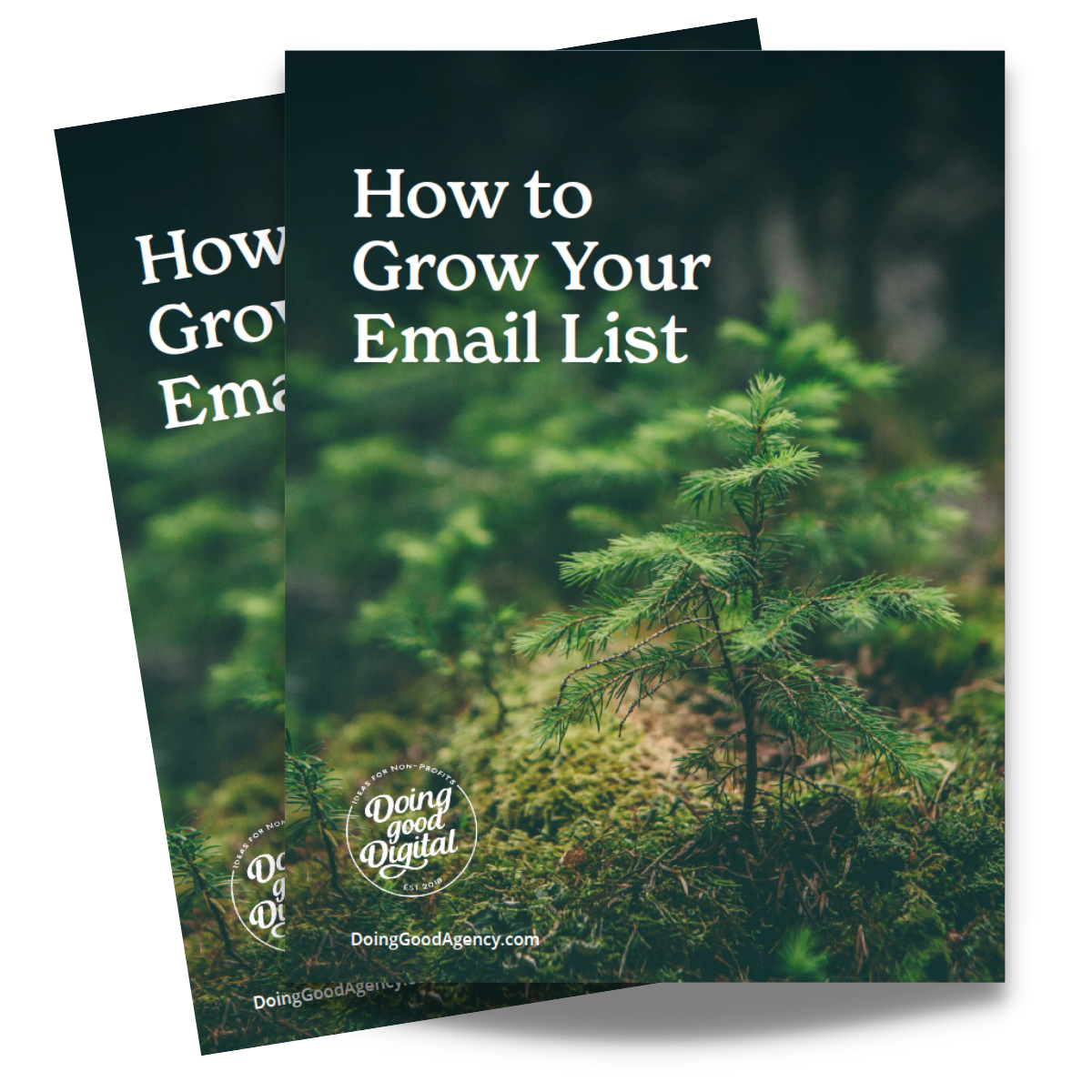Central Park Conservancy
Accessibility Audit
Central Park Conservancy wanted to improve the overall accessibility of their Blackbaud Luminate Online® pages and donation forms. From basic accessibility enhancements to advanced support for assistive technologies like screen readers, we helped transform their online presence to better serve their diverse audience.

Our Goal:
A Seamless and Inclusive User Experience
Our goal was to create a standard user experience that ensures everyone can engage with content and interact with forms effortlessly, whether using a mouse and keyboard, keyboard only, or assistive technologies like screen readers. For example, a user navigating with the tab key should experience the same seamless functionality as one using a mouse to click and scroll.
Identifying and Prioritizing Accessibility Challenges
We began by conducting a comprehensive audit of the Conservancy’s Luminate Online pages and forms, identifying issues that affected both general usability and assistive technology compatibility. These issues were categorized into groups to address similar problems systematically. This strategic grouping allowed us to implement consistent, scalable solutions across multiple pages and forms.
Our Solution:
Implementing Accessible Design and Functionality
To address the identified issues, we executed a series of targeted improvements:
- Reorganized Page Structures: Ensured headings followed a logical, hierarchical order for smoother navigation with assistive technologies.
- Enhanced Visual Indicators: Added visual cues, such as outlines, to interactive elements to improve usability for keyboard-only navigation.
- Improved Color Contrast: Adjusted color schemes to meet accessibility standards, ensuring all text and page elements are readable.
- Form Enhancements: Applied clear, descriptive labels to all form fields, enabling screen readers to interpret form content accurately.

We were able to help Central Park Conservancy improve their user experience through promoting accessibility and inclusion across their Luminate Online pages and forms. By improving accessibility, users can now enjoy the same experience regardless of any assistive technologies they may use. These improvements aim to increase site engagement as well as enhance fundraising efforts by making donation forms easier to navigate and ultimately, easier to give. By prioritizing accessibility, the Central Park Conservancy has not only demonstrated their commitment to inclusion but also strengthened their connection with their community, ensuring that their mission resonates with everyone.
Platforms Used:
Blackbaud Luminate Online®

Ready to connect?
Looking to improve your user experience through accessibility? Contact us today!
- The Parkinson’s Foundation wanted to increase engagement with their tribute fundraisers, encouraging more users to honor loved ones living with Parkinson’s or commemorate those who have passed from the disease. While the Foundation already had a Tribute Fundraiser set up in Blackbaud TeamRaiser®, they recognized the need for improvements before launching a major marketing push.
- The Kids Mental Health Foundation wanted to redesign their ecommerce store on Blackbaud Luminate Online® to enhance user experience and ensure mobile responsiveness across devices. The goal was to integrate internal and external products seamlessly into a unified platform while incorporating special features such as filters for store and product types. Additionally, the redesign aimed to boost overall fundraising efforts by providing a more engaging and user-friendly shopping experience.
- Boston Children’s Hospital Trust (BCHT) had a big goal in mind, make the user experience (UX) between Drupal and Luminate Online (LO) so smooth and intuitive that users don’t even realize they’ve switched platforms.






